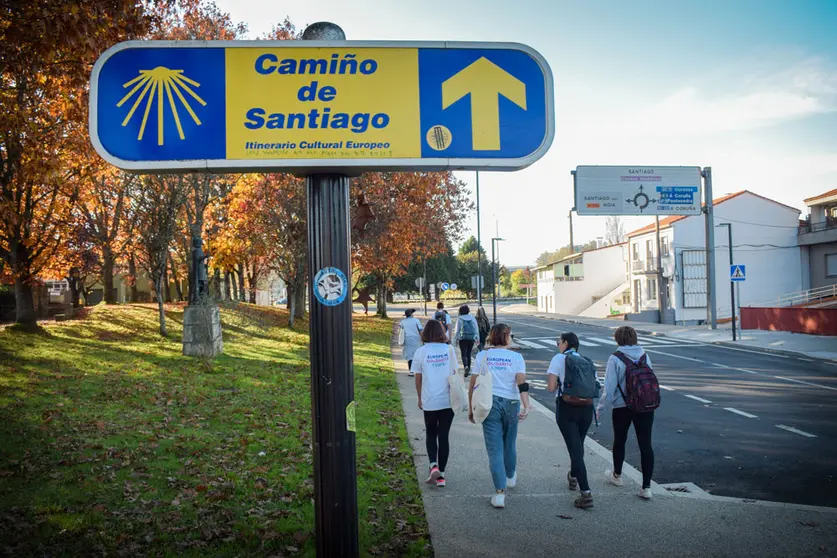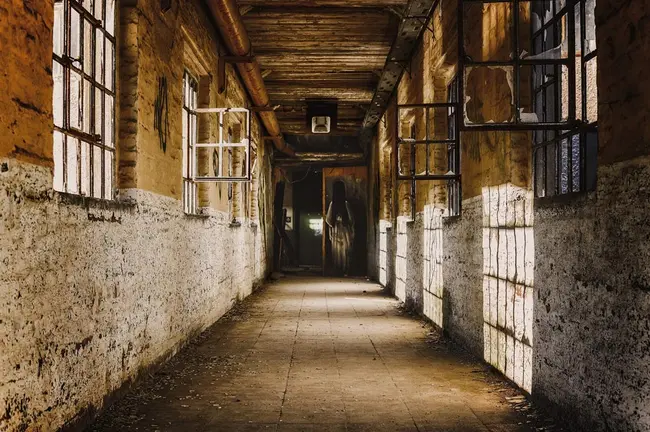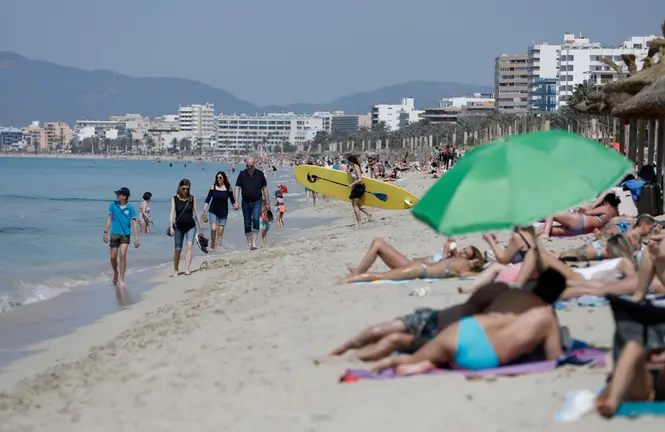After a long journey of hundreds and hundreds of kilometres, a pilgrim is facing the last meters to the final destination. Sweaty and with blisters on their feet, the traveler finally finds himself in Plaza del Obradoiro in Santiago de Compostela (Galicia).
As the capital of the Galician autonomous community, Santiago de Compostela offers a wide variety of options for all travellers. What to see in Santiago de Compostela?
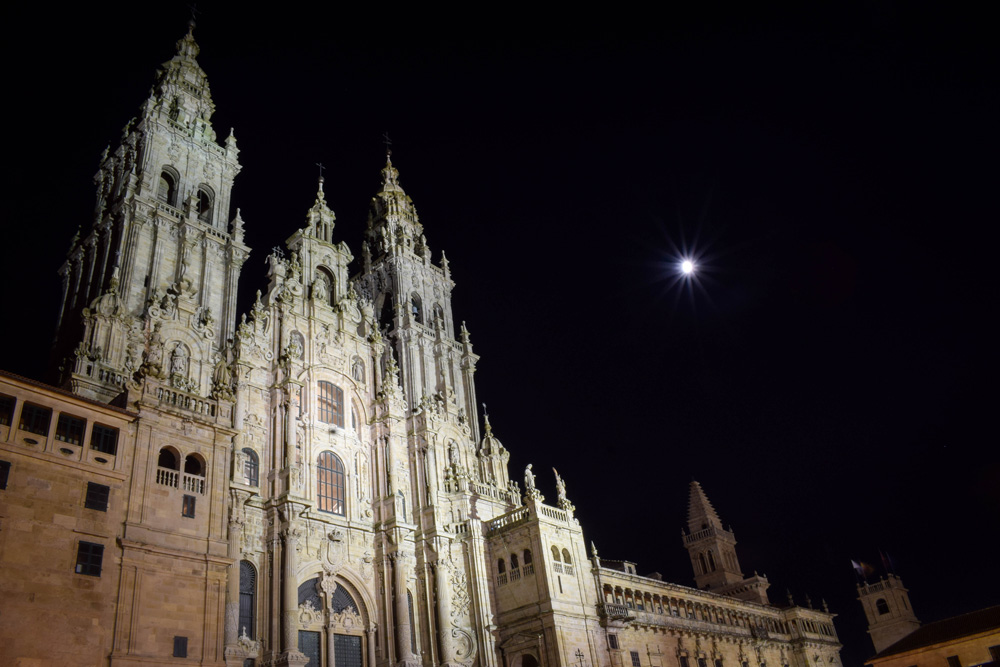
The city receives thousands of visitors every year, many of them attracted by being the final destination of the Camino de Santiago (Saint James Way). For centuries, pilgrims have walked as far as a leap of faith. Today, the tradition lives on, though many see it as a personal challenge rather than a religious experience.
Because of all the history behind this tradition, Santiago de Compostela’s Old Town was designated as a World Heritage Site by Unesco.
According to the organization, the city “conserves a valuable historic centre, known as one of Christianity’s greatest holy cities”. In addition to this, Unesco values that “the sanctuary of Santiago de Compostela exerted a decisive influence on the development of architecture and art in the north of the Iberian Peninsula”.
The Cathedral
One of the most famous sights in the Old Town is the Cathedral. The construction started in 1075, but it wasn’t consecrated until 1211, according to the official webpage. As the main Cathedral’s attraction, James the Great’s tomb can be visited inside the religious building.
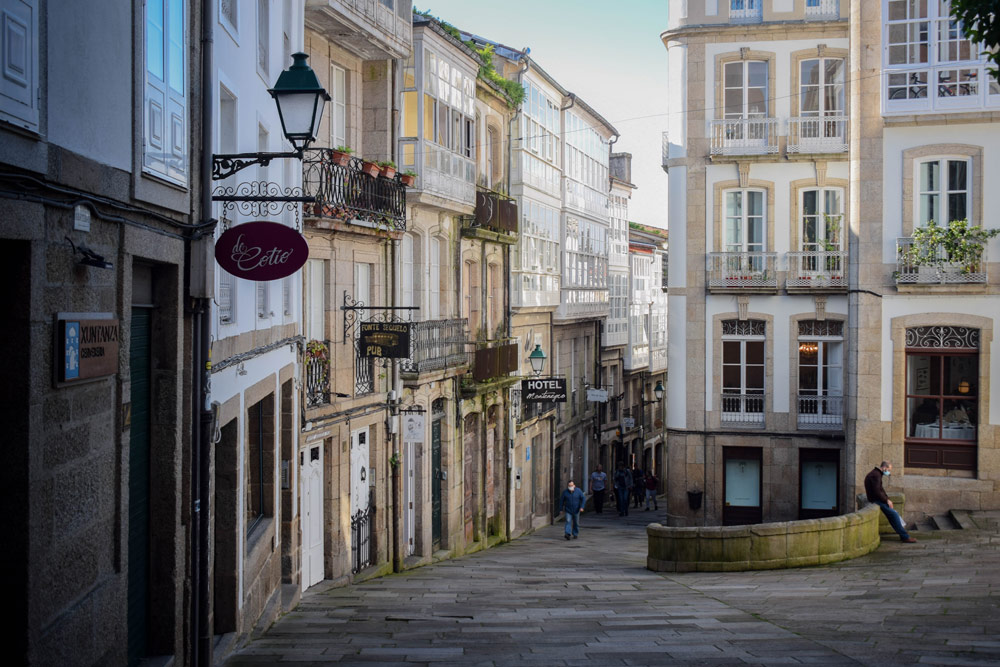
After the visit to the Cathedral, a stroll in the Old Town will make visitors to discover its narrow streets and the beauty of its historical buildings, including many churches or monasteries.
Further from downtown there can be found another remarkable sight, the City of Culture of Galicia.
The modern architecture is the main reason to come, as well as the views to Santiago de Compostela. Nonetheless, citizens remember this as an example of overspending (it cost about 300 million euros, three times more than expected, as some newspapers reported). Even some projects remained undone.
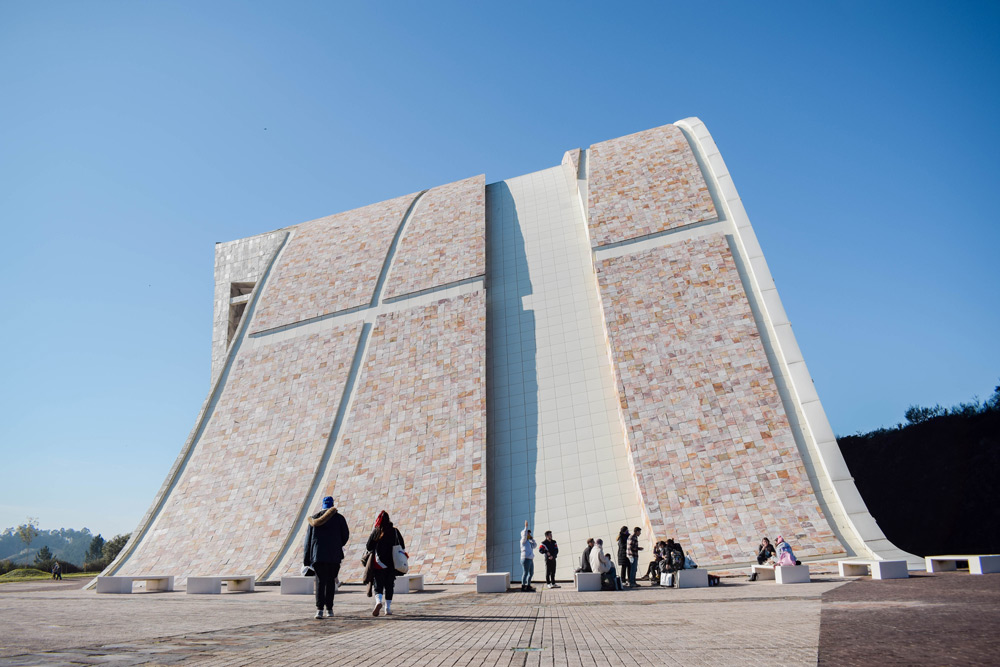
Galician nature, food
Nature is also very close to Santiago de Compostela and everybody can reach up any of these peaceful spots. One example is Monte do Gozo, only 5 kilometres away from the city centre. It is also the last stop for some pilgrims on their way to Galicia’s capital.
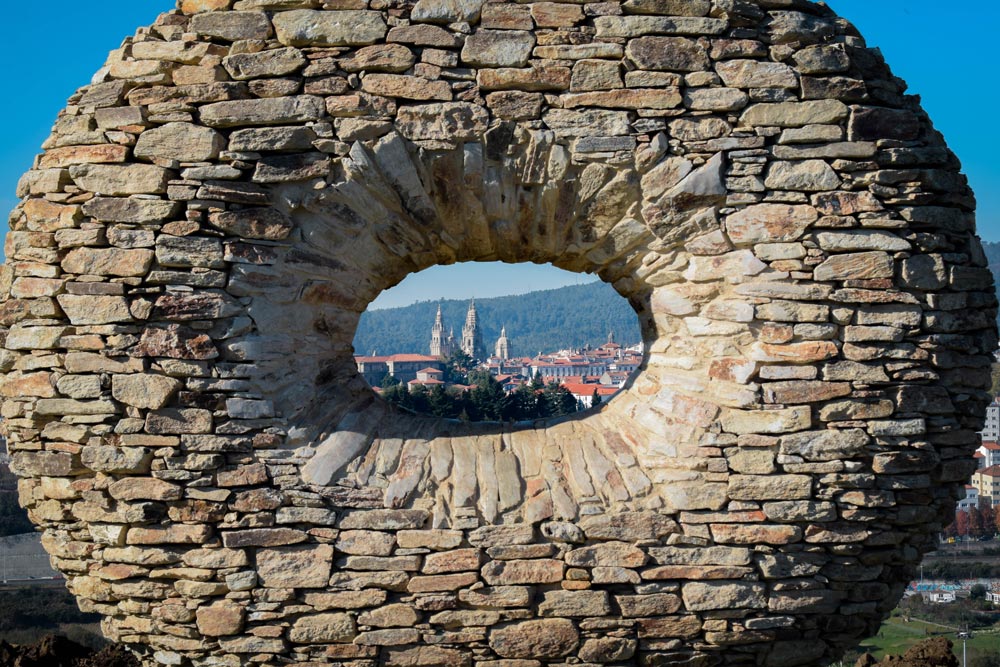
Travelling to Galicia also means eating the traditional food of the region, including seafood - even when Santiago is far from the coast. Octopus is one of the options chosen for those willing to travel to the region.
There are more alternatives for foodies, such as goose barnacle, picked up in the rocky shores, sometimes in very harsh conditions. Empanada gallega is another option, which consists of a pastry filled with fish, but which can also contain meat.
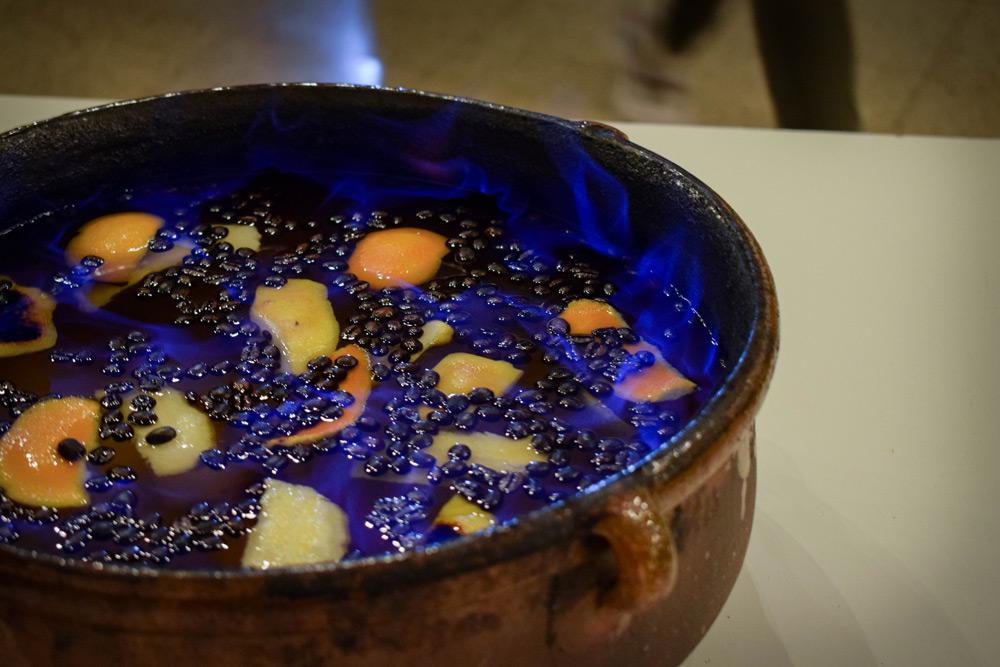
For drinking, Queimada is the typical alternative. It’s a spiced alcoholic beverage traditionally served in Galicia, made after fire-burnt brandy. The whole process of the alcohol burning deserves a mention. A show that anybody would admire.
But if anybody still wishes to taste something sweet, Saint James’ cake (Tarta de Santiago) is an easy but delicious traditional option. Any bakery has this typical dessert, which contains almond as one of the most significant ingredients. Bon appetite!
*Pablo Morilla is a journalist, author of the blog Michan en Finlandia.








